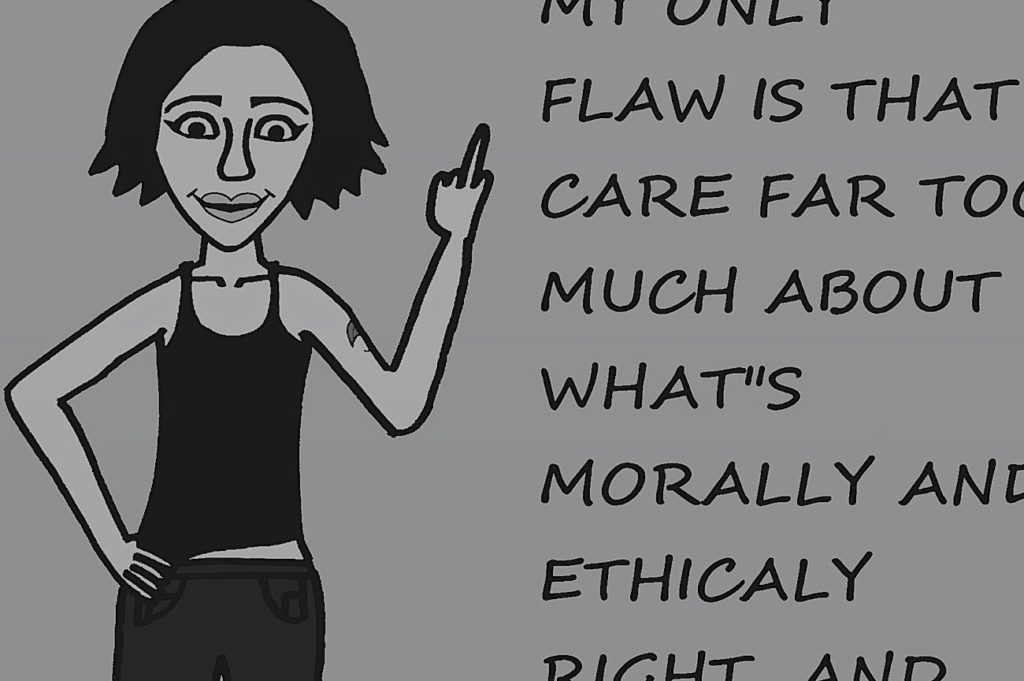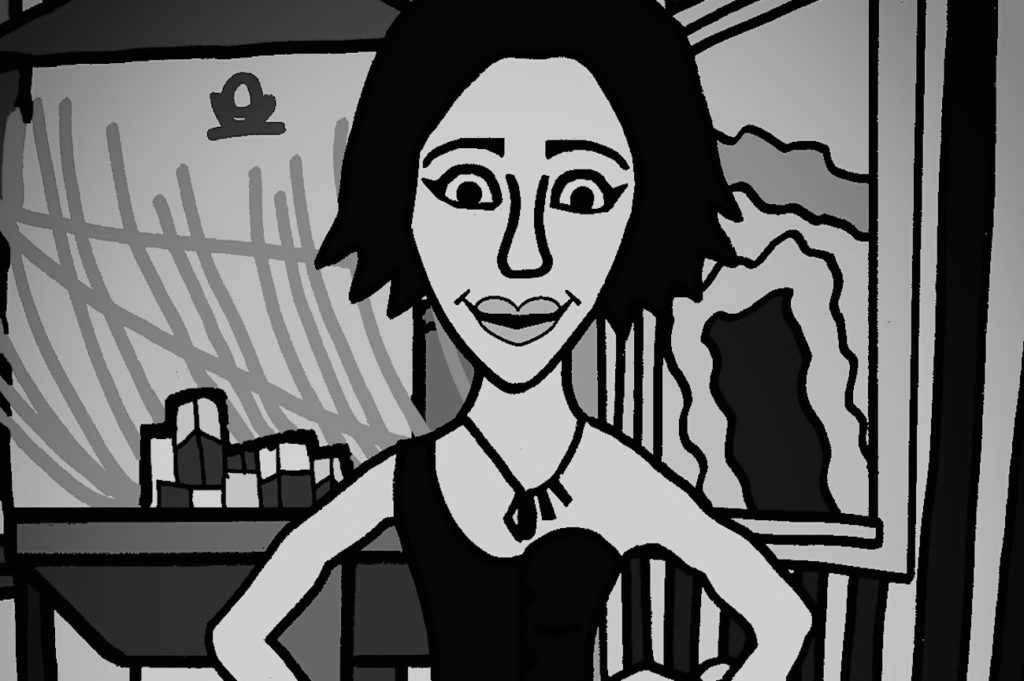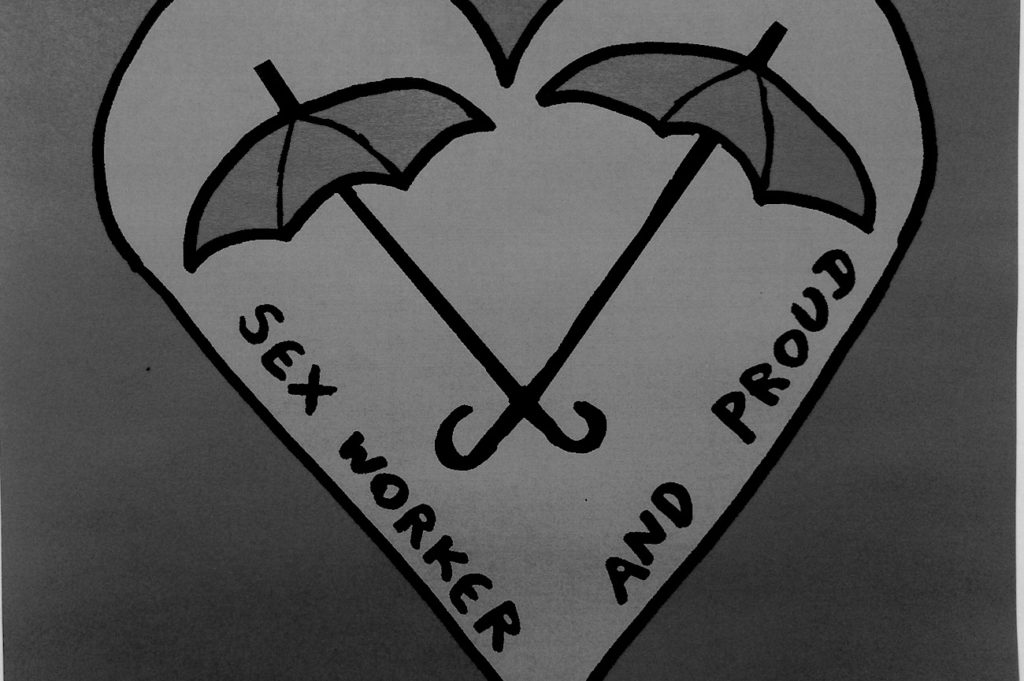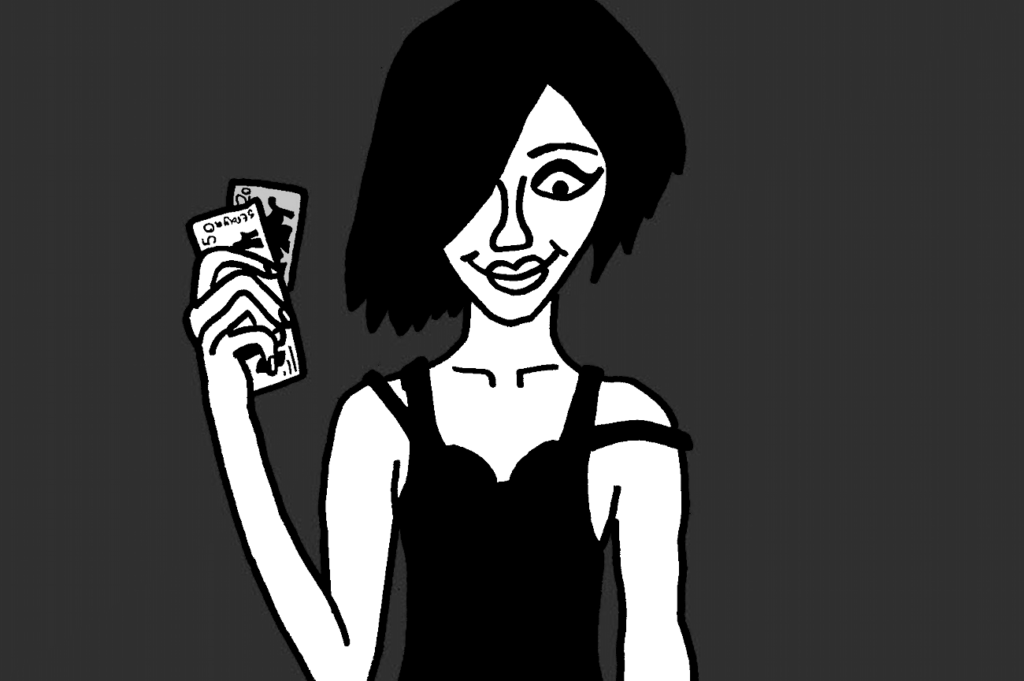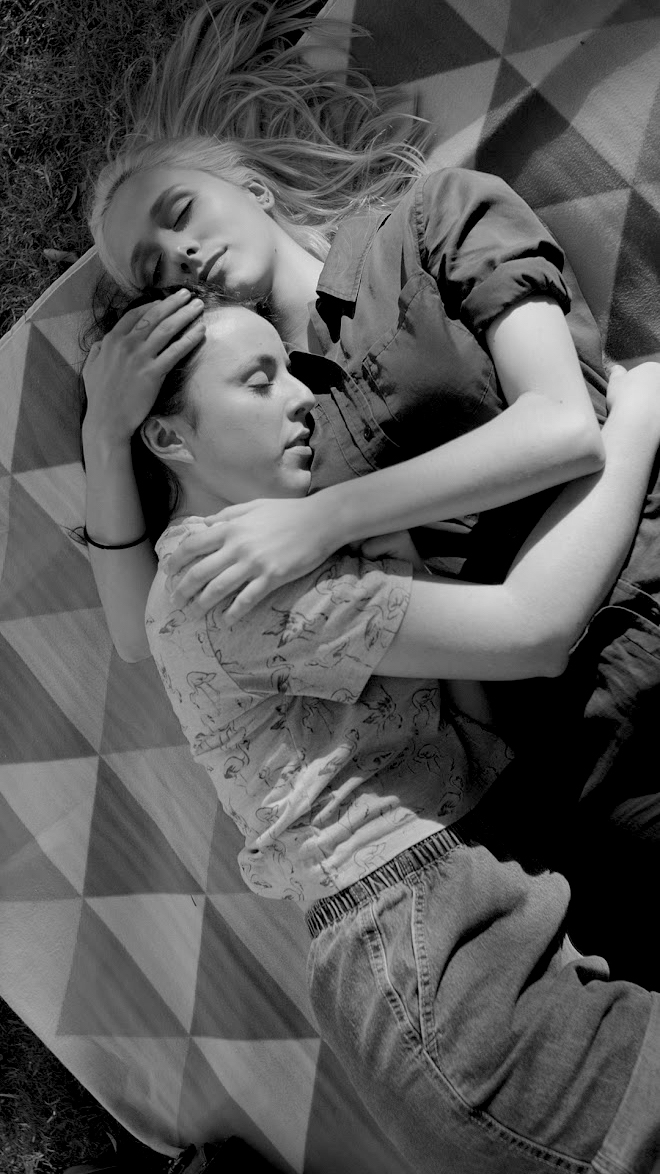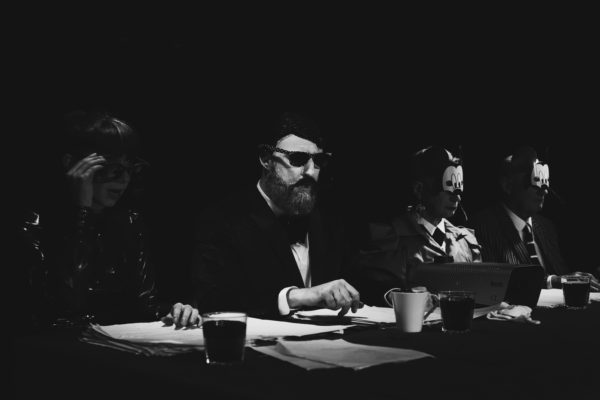LETS TALK ABOUT SEX
Sex work is real work. Sex workers are real people just like you and I, but its not often, due, perhaps, to the restraints and stigma placed on the industry by society at large, that we view this often unspoken world through the same lens as we do our own.
“The Sex Worker” is a a long standing project between individuals and allies which have seen strong statements emerge that transcend the boundaries of the industry and re-tell personal stories of both jubilation and trial, through an approach that is universal, but still manages to maintain anonymous disclosure. It will accumulate next month as an exhibition at Gasworks Arts Park.
“For starters, it’s been a great collaboration between people from different factions within the industry” explains RhED Health Education and Support Worker Kima O’Donnell, the project’s Arts Facilitator. “From street-based workers, to those in brothels and also escorts, it has been a real good example of the diversity found in the industry, really picking up on each of their individual experiences.”
The exhibition is timely in its delivery, as the campaign around Decriminalising Sex Work is gaining momentum. Victoria currently requires sex workers to work under legislation which means that some are able to work legally, while others are forced to work outside of the system. As a result some workers are left exposed and at more risk of violence and harassment than others, unable to connect with the community resources available. Regardless, stories of stigma and ostracisation are all too real and omnipresent.
On stigma, Tamara, Arts facilitator for the RhED arts project: “I think the way we are sharing stories really helps to combat the stigma, because people are often surprised by who Sex Workers are, by what they do, being parents and things like that. It’s through presenting their background stories that we are also tackling that stigma head on. Sex work is a real job, and workers need to have their voices out there in the community.”
The project, having begun some two years ago on International Sex Workers’ Day, as a conversation between two individuals on how art could provide people with education on the realities of the industry, has now grown to include 43 participants and over 90 works of art. Presenting a unified vision of the diversity found within the industry has not been a process without its own set of challenges though.
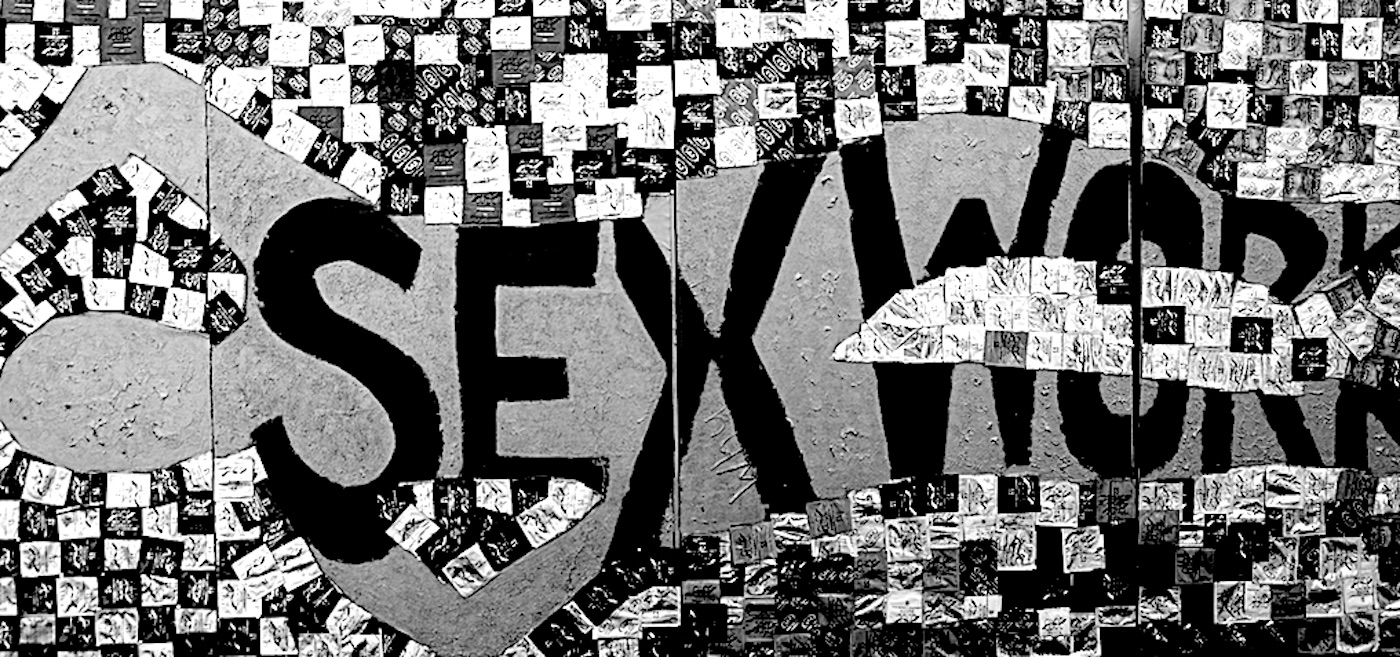
“The workshops and the peer supportive spaces allowed sex workers, themselves to address their own stigma and stereotypes. I mean things do come up in the industry like racism or one part of the community being pitted against another, so it’s helped break down those kinds of things within the community. The process has been great in that respect.”
“The process of selecting what works we want to include has also bought up conversations around not contributing to stigma and stereotypes. It’s a fine line, because we are exhibiting publicly we don’t want to enforce that Sex Work is all negative, but we also don’t want to white wash it either.”
With works that span the mediums of animation, drawing, self-portraits and sculpture, the exhibition transcends the everyday and breaks from the typical and often fraught conversations entered in on the subject matter at hand.
“Often, if you don’t get along to an exhibition you sometimes don’t get to hear about them. Though it’s really important with this project, that either through documentation or through inspiring other exhibitions to happen, sex workers can continue to be able to tell their own stories.”
“I think even beyond the gallery, art has something that politics can’t do, you can imagine art in different mediums, art can go on, be deeply political, but have that wider audience.”
This project has been funded by Star Community Health.

